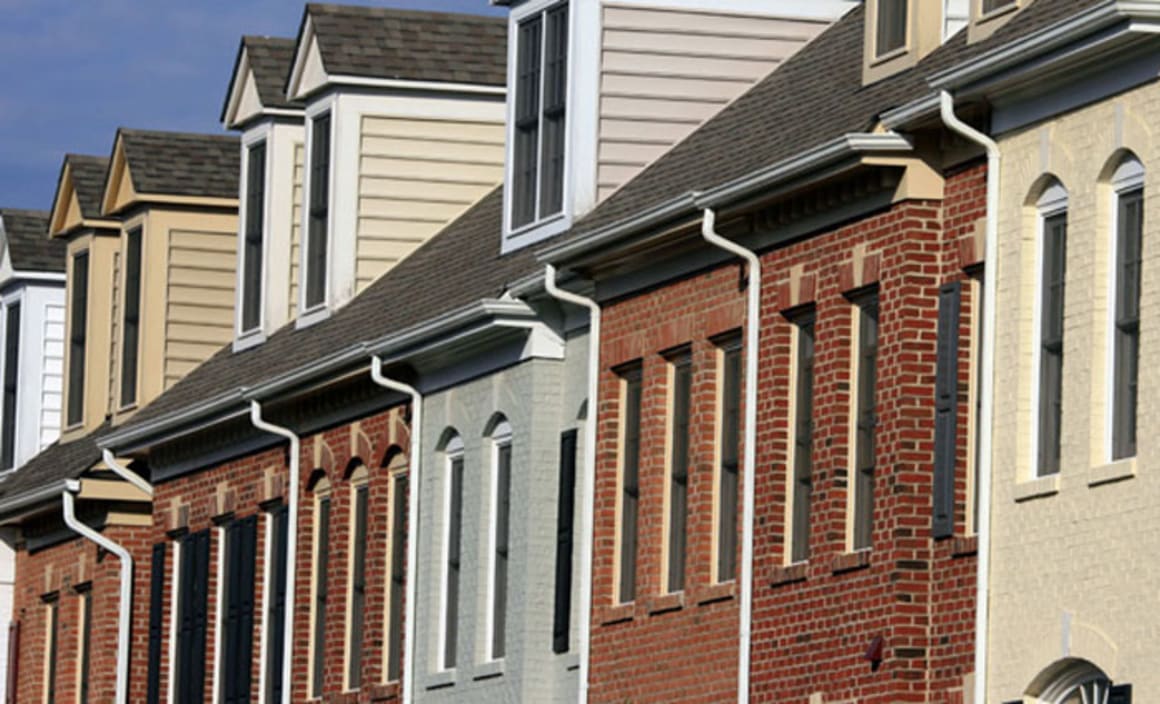Queensland vacancy rates tighten as does Inner Brisbane vacancies

The REIQ quarterly rental vacancy rate data for the June quarter has revealed a tightening in inner Brisbane.
It also showed a tightening through much of regional Queensland, which the REIQ says indicates a recovery is "on the cards" in the state’s weaker markets.
The Brisbane LGA vacancy rate fell from 3.7 per cent in the March quarter to 3.3 per cent, moving from the weak to healthy range.
Inner Brisbane, which is overwhelmingly dominated by apartments, fell from its all-time high of 4.4 per cent in March to 3.5 per cent in the June quarter.
REIQ CEO Antonia Mercorella said Brisbane’s inner city tightening vacancy rate was a good indicator about the health of the market in the inner city.
“Brisbane’s inner city is showing resilience, with the balance of landlords and tenants relatively equal for the June quarter”.
“At 3.5 per cent, the REIQ classifies this market as healthy and this is when both tenants and landlords have reasonable expectations of their needs being met,” Ms Mercorella said.
“We know that the population growth and jobs in the southeast corner are, so far, sufficient to absorb the level of apartment supply coming onto the rental market.
“The market has an unswerving ability to self-correct. In the first quarter of 2015, 2300 new apartments came onto the market and in the first quarter of 2017, around 260 apartments came onto the market,” Ms Mercorella said.*
Brisbane’s middle ring (5-10km) remains a tighter rental market than the inner ring with a vacancy rate of 3.1 per cent, the same as the March quarter.
“The middle ring presents an affordable alternative to the inner ring and over the past six to nine months we’ve seen this ring tighten.”

Elsewhere, the rental market, in most regions in Queensland, showed a similar trend.
Ipswich was one of the few markets that eased, moving from a tight market in March, with a vacancy rate of 2 per cent, to a healthy market in June with a vacancy rate of 3.1 per cent.
Other regions in Greater Brisbane – Logan, Moreton Bay and Redland – remain in the tight to healthy range.
Logan tightened from 2.8 to 2.2 per cent, moving from the healthy range into the tight range.
Moreton Bay eased fractionally, from 1.6 per cent to 1.7 per cent, but this is still very much a tight market. Redland eased a sliver, from 2.5 per cent to 2.6 per cent, which means it is still a healthy market, but only by a hair.
The Gold Coast (1.7 per cent) and the Sunshine Coast (1.2 per cent) remained tight, which means tenants will continue to find it challenging to secure rental accommodation. Noosa tightened from 4 per cent to 3 per cent and this means the market is healthy.
For a third consecutive quarter, Maroochydore was the tightest rental market in Queensland, reaching a vacancy rate of 1 per cent for June 2017.
Moving further north into our regional markets that have typically been weak markets for the past year or so, we see a general trend of tightening.
Toowoomba eased slightly, from 2.9 per cent to 3.2 per cent, however, this is still a healthy market. Construction work is still in plentiful supply in this region and it’s likely that the supply of accommodation (mostly units) has contributed to easing some of the tight conditions in this rental market.
Fraser Coast tightened from 3.9 per cent to 2.6 per cent. Hervey Bay tightened sharply from 4.2 per cent to 2.6 per cent.

Bundaberg tightened from 4.6 per cent to 3.6 per cent, which is yet another good news sign that the economic fortunes of this coastal town are continuing to improve.
The Knauf plasterboard factory received its first delivery of gypsum last week, kickstarting production and contributing to employment of workers in the community.
Gladstone eased a sliver from March to June, with the vacancy rate at 6.5 per cent. This is good news because it confirms that last quarter’s dramatic tightening from 9.9 per cent in December to 6.4 per cent in March, was a genuine improving trend, rather than a brief outlier.
Mackay also sharply improved, dropping from 6.4 per cent in March to 4.5 per cent in June. Local agents have been telling this story for some time – workers are returning and jobs are on the rise in Mackay.
Rockhampton tightened from 8.6 per cent to 7.2 per cent which leaves the beef capital still in weak territory.
Townsville tightened from 6.2 per cent in March to 5 per cent in June. The Government focus on delivering jobs and major infrastructure projects, such as the new Cowboys Stadium, to the northern city is beginning to gain traction, with workers returning to the area hopeful of snapping up some of the many jobs on offer.
Cairns remained steady at a tight 1.8 per cent. Rental property investments deliver some of the highest gross rental yields in the state and this market would benefit from additional rental stock on the market.